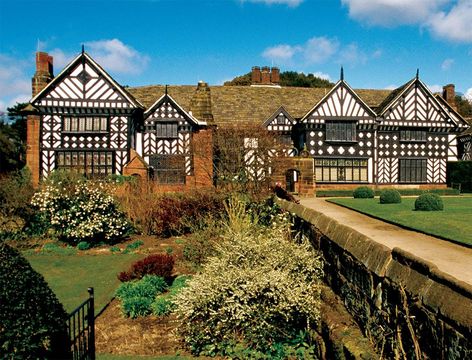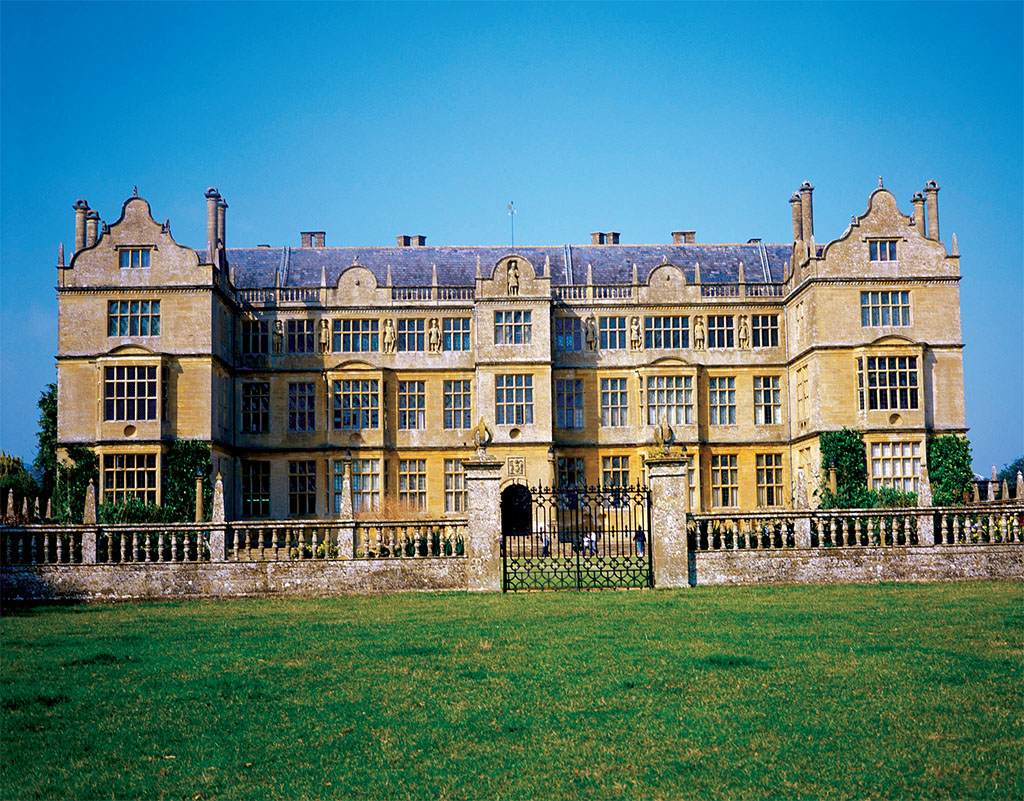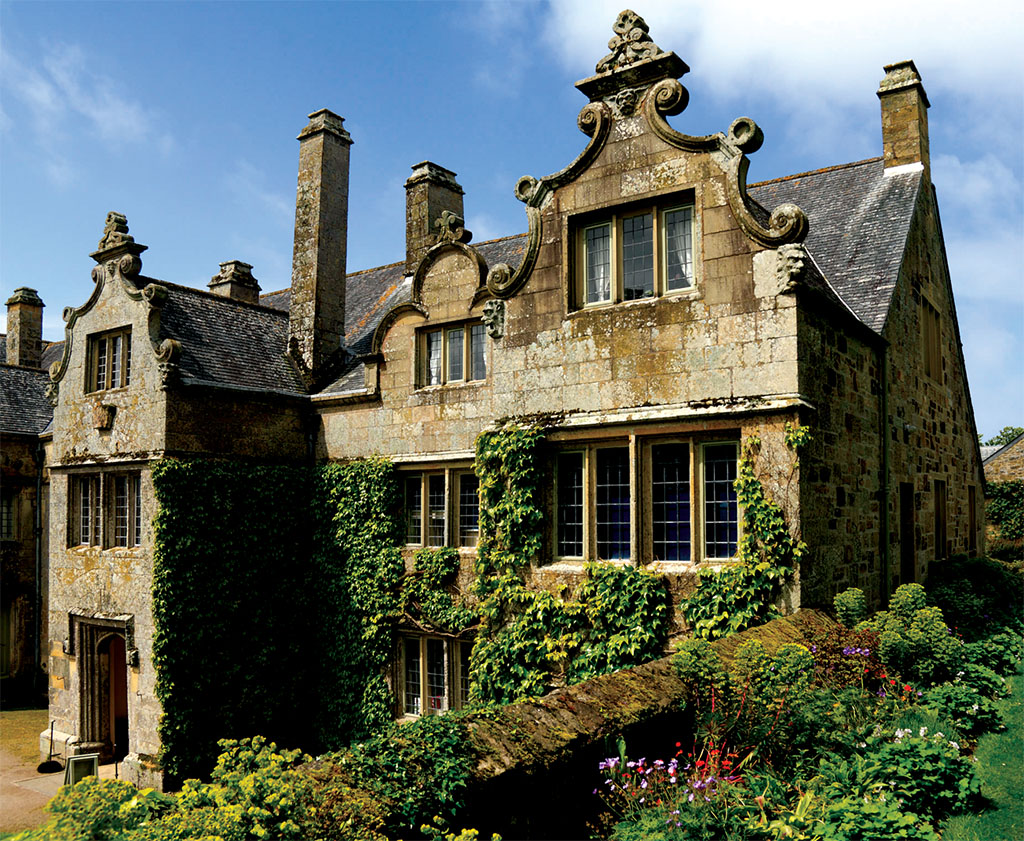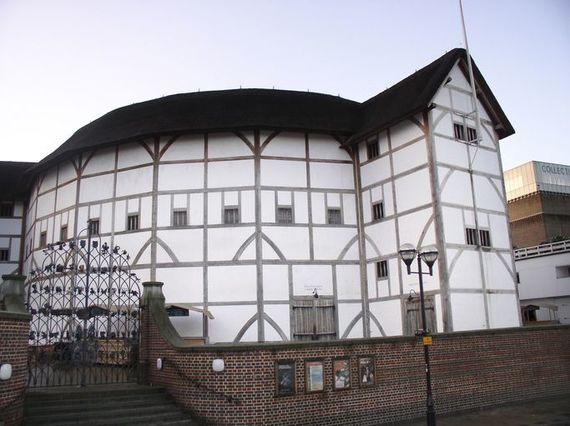
Speke Hall, Merseyside.
A look at some of the great Elizabethan era visits around Britain, a celebration of the late-1500s country mansion.
By the time of the first Elizabeth’s Age Golden in the late 1500s, castles were obsolete. A new kind of domestic building reflected the wealth and power of England’s movers and shakers: the country mansion. Stone was still preferred, but brick and glass were now viable building materials.
Burghley House, Lincolnshire
Elizabeth’s chief counselor, William Cecil, built Burghley to reflect his own importance. Completed in 1587, the palatial mansion remained architecturally unaltered and Cecil’s descendants still live there. It remains the greatest example of late Elizabethan design.
Hardwick Hall, Derbyshire
The spectacular “prodigy house” built in 1597 for the legendary Bess of Hardwick has survived largely intact. In its early days, its “more glass than wall” design was a source of amazement. Its treasures include Europe’s finest collection of 16th- and 17th-century tapestries.
Longleat, Wiltshire
Among the most beautiful stately homes in England, Longleat is generally regarded one of the best examples of “high” Elizabethan architecture. Built by Sir John Thynne in 1568, the home was ready for the Queen’s visit in 1574. It is still home to the family, currently the 7th Marquess of Bath.
Montacute House, Wiltshire

Montacute House, Wiltshire.
The National Trust describes Montacute House as “glittering,” with ornate plasterwork, decorative parapets, and soaring chimneys. The Long Gallery displays 16th- and 17th-century portraits from the National Portrait Gallery. A great visit.
Canons Ashby, Northamptonshire
Built in the 1550s, Canons Ashby has been home to the Dryden family ever since. Along with other treasures, the manor house contains Elizabethan wall paintings. Among the most atmospheric of Elizabethan visits, the orchard even contains varieties of interesting 16th-century fruit trees.
Kenilworth Castle, Warwickshire
The largest castle ruin in England stood for centuries before Elizabeth. The Earl of Leicester, however, rebuilt and greatly increased its size in the 1570s for the lavish entertainment of the queen and her retinue during a 19- day visit. Its red sandstone gleams almost as impressively today.
Speke Hall, Merseyside
Construction on the rambling, half-timbered house near Liverpool began in 1530 and continued throughout Elizabeth’s reign to its completion in 1598. There has been little change since. The glorious gardens surrounding the estate are relatively new—dating only from the 1850s.
Trerice, Cornwall

Trerice, Cornwall.
Hidden down a narrow lane near Newquay, Trerice is a relatively small Elizabethan manor house that has survived almost unaltered simply because it was neglected for generations. The lovely surrounding gardens include an experimental Tudor garden. A real treasure.
Breamore House, Hampshire
This lovely brick manor house on the edge of the New Forest was completed in 1583. In the Hulse family of baronets for many generations now, it would be very recognizable to its original owners. The great countryside museum there is a nice bonus.
Globe Theatre, London

Globe Theatre, London.
Yes, yes, of course, it’s not the original. Still, the reproduction Globe on the South Bank is remarkably true to the Elizabethan original. Besides, the Globe certainly provides the finest evocation of Tudor period life that you’ll find in Gloriana’s capital.
* Originally published in 2016.





Comments